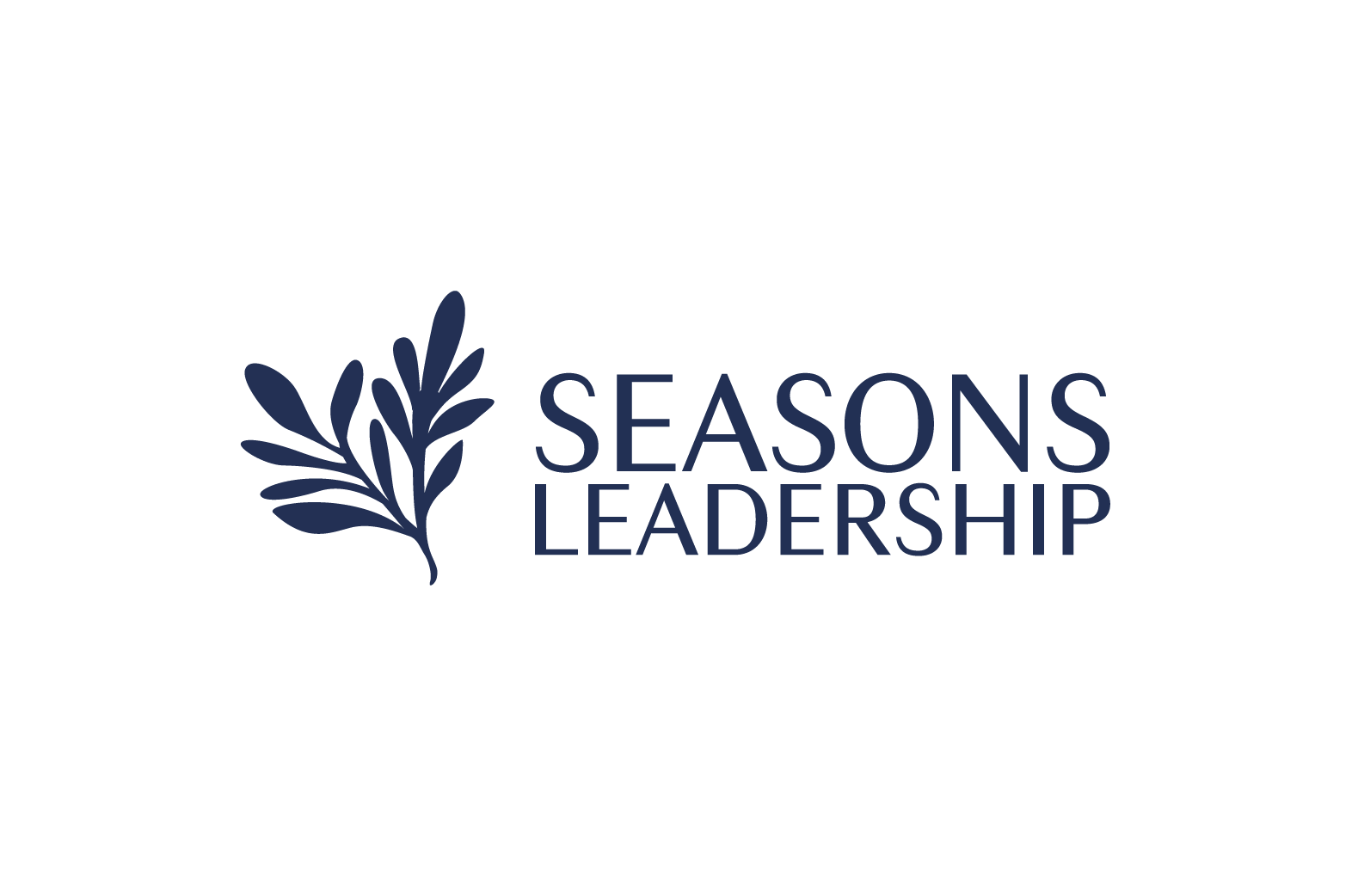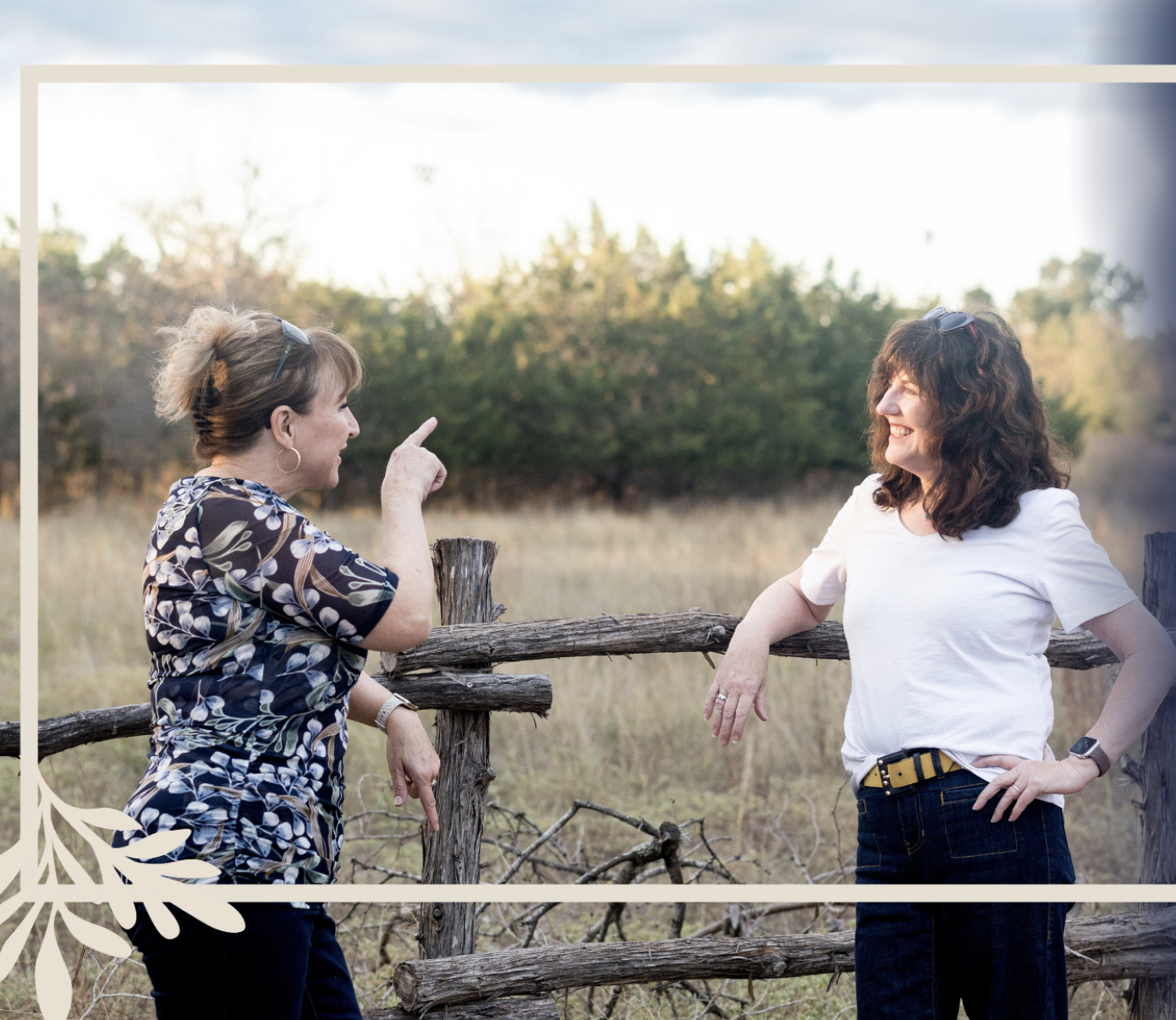At one point about mid-way through my corporate career, I got the opportunity to work with an efficiency expert. What an amazing opportunity! She helped me identify the strategic priorities of my organization. Luckily, I had a personal vision for my life, and we had an existing vision and mission for the organization, which made this process clear. The tough part was identifying the activities that aligned to and supported each of those priorities. The even tougher part was to say ‘no’ and stop the activities that were not necessary but are motivation killers - working late and missing things that were personally important to me, unnecessary meetings, activities that we’ve “always done,” management’s favorite projects, etc. What I learned was if I focus on the priorities and stay firm in my resolve to put my time and effort there, organizational goals became much easier to achieve. Soon I started to hear from others that Iwas the most organized person they know, and they would ask how they could be more organized.
How to identify priorities: look for the big rocks
The good news is that you don’t need an efficiency expert to understand how to prioritize. This perspective gained can be illuminated through the “Big Rocks” parable. We use this concept in our leadership training because it offers such an “ah ha” to many of our participants and clients. You may have heard some version of this concept, popularized by Stephen Covey in his books, “The Seven Habits of Highly Effective People” and “First Things First.” It is a metaphor for achieving life balance and accomplishing the things that matter most to you. Here is a version of the story we often use.
A professor stood before his class and had some items in front of him. When class began, wordlessly, he picked up a large and empty jar and proceeded to fill it with big rocks. He then asked the students if the jar was full. They agreed that it was. The professor then picked up a box of pebbles and poured them into the jar. He shook the jar lightly. The pebbles rolled into the open areas between the rocks. He then asked the students again if the jar was full. They agreed it was. The professor next picked up a box of sand and poured it into the jar. Of course, the sand filled up everything else. He asked once more if the Jar was full. The students responded with a unanimous “yes.”
The professor then produced two cups of coffee from under the table and poured the entire contents into the jar, effectively filling the empty space between the sand. The students laughed. "Now,” said the professor, as the laughter subsided, “I want you to recognize that this jar represents your life. The big rocks are the important things, the things that if everything else was lost and only they remained, your life would still be full. The pebbles are the other things that matter. Your job, your house, and your car. The sand is everything else. The small stuff. If you put the sand into the jar first,” he continued, “there is no room for the pebbles or the rocks. The same goes for life. If you spend all your time and energy on the small stuff, you will never have room for the things that are important to you. Pay attention to the things that are critical. Take care of the big rocks first, the things that really matter. Set your priorities. The rest is just sand."
One of the students raised her hand and inquired what the coffee represented? The professor smiled. “I’m glad you asked. It just goes to show you that no matter how full your life may seem, there’s always room for a cup of coffee with a friend.”
As you can see from this story, your “big rocks” are your big priorities. According to Stephen Covey, big rocks represent our important priorities such as key relationships, big responsibilities, important projects and critical meetings – things you must absolutely accomplish; and because these priorities are so important, they should be put into our schedule first with everything else scheduled around them. In other words, big rocks first, then pebbles, then sand.
“If the big rocks don’t go in first, they aren’t going to fit in later.” – Stephen Covey
How to stick to your priorities and achieve your goals
While this is a simple concept and seemingly easy to do, people still run into issues with implementing this concept. Forbes (January 2020) listed three problems people run into with thinking about their priorities:
1) They have too many priorities.
2) They cannot identify their important priorities.
3) They let other things get in the way of focusing on what really matters.
Some people like to feel accomplished and will create to-do lists so they can check things off and feel a sense of accomplishment. But if they are not focused on accomplishing things that are aligned with their priorities, then they are wasting time that they could have spent making progress towards their goals.
For leaders, the concept of priorities is a particularly important one. There are always more things to be done than there is time to accomplish, both in life and work. Using the big rocks concept to define and focus on your priorities can be applied to your personal life or to your work life, or to both. To not waste time on the unimportant things, it is important to set priorities that are aligned with your personal and/or organizational vision and mission.
We recommend that leaders first focus on identifying their personal priorities, and then work priorities. Doing it in this order helps you to achieve and maintain alignment and keeps you from trying to maintain different sets of priorities that may be incongruent at best and in opposition at worst. Misalignment can result in disillusionment, burnout, and apathy. The best-case scenario is when you achieve congruence and have one set of big rocks across all aspects of your life.
To identify your big rocks, pebbles, and sand, ask yourself these questions:
1) What few (3-5) things must I (or my organization) do that are imperative to make progress toward my vision and in support of my mission? These things are your priorities or big rocks.
2) What things must be done to support accomplishing the priorities? These things are the supporting goals or pebbles.
3) How will I spend the remaining time each day? These things are the sand.
To help keep your priorities:
1) Choose only a few big rocks, (3-5). An accomplished leader once told me that he does everything in threes because he can easily keep three things in his head, but if it gets much beyond that he forgets and loses his focus. While it may be more difficult to limit yourself to a smaller number of priorities, it is worth the effort because if you have too many then you lose focus.
2) Identify your important priorities – those most necessary to make progress towards your vision and mission. If you have not yet identified your vision and mission, that is a first step towards focusing on what really matters to you. If you want more on crafting your vision and mission statements read our previous blogs on these topics.
3) Use your big rocks to keep you focused. Test everything you do to ensure it aligns to your big rocks. This will keep other minor tasks from taking time away from your true priorities.
At Seasons Leadership we practice what we teach and have spent some time in our last strategy session identifying our big rocks. They are balance, expanding our impact, and refining our business model. These three strategic priorities support our mission to amplify and accelerate positive leadership impact, responsibility, and growth, and help us to make progress towards our vision: Transforming the world one leader at a time. At the end of our strategy session, we still had time for a glass of wine because as the story tells us, there is always time for a good beverage with a friend!

I continue to use the “big rocks” concept in my life and in my coaching. Whether it is called “big rocks,” or “strategic priorities,” or “strategic imperatives,” or any other name, this simple concept helps people and leaders of all types and at any level to identify and stay focused on their priorities, making them happier, more effective and the most organized leader in the room.
Read more about how to be a successful leader in The Almanac:
Boundaries– Set, Honor, Survive: A How to Guide













